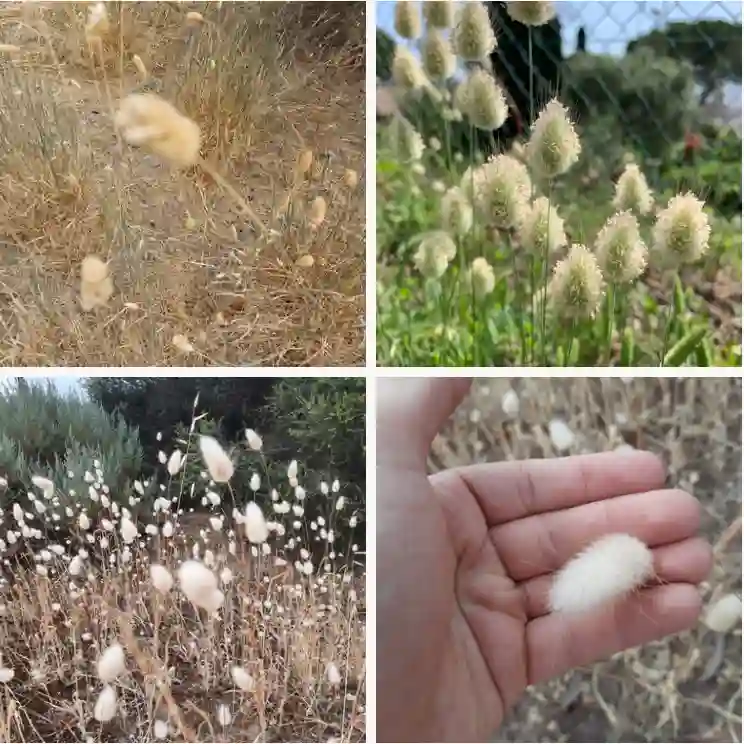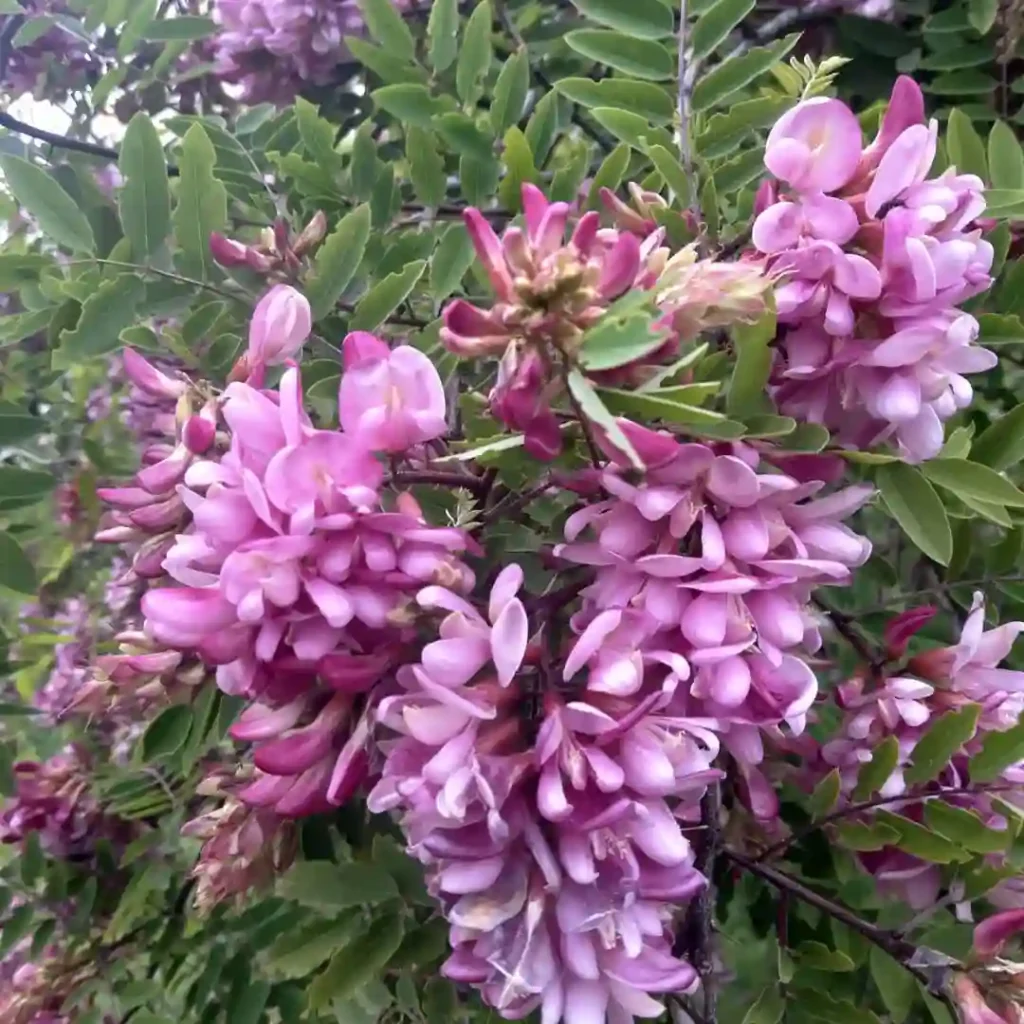All About Richardia Scabra: Your Questions Answered
Hi there, Ferb Vu here! I’m a plant enthusiast, and today, we’re diving into the world of Richardia scabra, a flowering plant with a surprising range. Often called rough Mexican clover or Florida pusley, this little guy packs a punch in the world of botany.
Whether you’re a seasoned gardener or just starting your plant parenthood journey, this FAQ will equip you with everything you need to know about Richardia scabra.
What is Richardia scabra?
Richardia scabra is a flowering plant belonging to the Rubiaceae family. It’s a widespread species, native to warm regions of North and South America, and even popping up in East African countries like Kenya.
What does Richardia scabra look like?
Imagine a loosely branched annual plant, typically reaching up to 80 centimeters in height, although it often prefers a sprawling, prostrate growth habit. Its leaves are simple, arranged in opposite pairs, and have a rough texture – hence the “rough” in its common name.
The real showstopper, though, are the tiny yellow flowers. These delicate blooms appear in clusters at the terminal ends of stems, adding a cheerful touch to the greenery.
Richardia Scabra vs Richardia Basiliensis
I’ve found Richardia Scabra to be a more rugged and drought-tolerant choice in my garden compared to Richardia Basiliensis, which seems to require a bit more moisture and care to thrive.
Is Richardia scabra easy to grow?
Absolutely! Richardia scabra is a gardener’s dream. It thrives in warm climates and tolerates a decent amount of neglect. Here’s the good news:
- Light: Full sun to partial shade works well.
- Soil: Well-drained, slightly sandy soil is ideal.
- Water: Moderate watering is enough. It’s fairly drought-tolerant once established.
How do I care for Richardia scabra?
Richardia scabra is a low-maintenance plant. Here are some basic care tips:
- Watering: Water deeply when the soil feels dry to the touch. Avoid overwatering.
- Feeding: Fertilizer isn’t strictly necessary, but a light feeding during the growing season can encourage extra blooms.
- Pruning: You can lightly prune leggy stems to maintain a bushier shape and promote new growth.
Does Richardia scabra have any special needs?
Richardia scabra isn’t fussy. Just keep it in a warm spot with decent drainage, and it’ll reward you with its cheerful presence.
Is Richardia scabra invasive?
In some areas, Richardia scabra can be considered mildly invasive due to its prolific self-seeding habits. However, it’s generally not a major concern.
How can I control the spread of Richardia scabra?
If you’re worried about Richardia scabra taking over your garden, simply deadhead the flowers before they set seed. This will prevent unwanted volunteers from popping up next season.
What are the benefits of growing Richardia scabra?
There are several reasons to consider adding Richardia scabra to your plant family:
- Low maintenance: It’s a beginner-friendly plant that requires minimal effort.
- Attracts pollinators: The yellow flowers attract butterflies, bees, and other beneficial insects.
- Groundcover: It forms a dense mat of foliage, making it a great choice for weed suppression.
Can I grow Richardia scabra indoors?
Richardia scabra prefers the warmth and sunshine of the outdoors. While it might survive indoors in a sunny windowsill, it likely won’t thrive.
Is Richardia scabra poisonous?
There’s no information readily available regarding the toxicity of Richardia scabra. As a general precaution, it’s always best to keep plants out of reach of children and pets.
What are some common problems with Richardia scabra?
Richardia scabra is a resilient plant, but it’s not immune to all issues. Here are a few potential problems to watch out for:
- Overwatering: This can lead to root rot. Water only when the soil dries out.
- Pests: Aphids and mealybugs can occasionally be a bother. Use organic methods like insecticidal soap or neem oil to control them.
What’s the difference between Richardia scabra and Richardia brasiliensis?
Richardia brasiliensis, also known as Brazilian cheeseflower, is another member of the Rubiaceae family. Here’s a quick comparison:
- Habit: Richardia scabra is a low-growing, sprawling plant, while Richardia brasiliensis is a small shrub.
- Flowers: Richardia scabra has small yellow flowers, while Richardia brasiliensis boasts larger, white or pink blooms.
- Care: Both are relatively easy to care for but Richardia brasiliensis requires slightly more moisture and prefers consistently well-drained soil. While Richardia scabra might be a charming groundcover, its smaller cousin might be a better choice if you’re looking for a touch of elegance with its showy flowers.
What’s the history of Richardia scabra?
The first scientific description of Richardia scabra can be traced back to 1753 by Carl Linnaeus, the father of modern taxonomy.
Does Richardia scabra have any medicinal uses?
Traditionally, some cultures have used Richardia scabra for various medicinal purposes. However, more research is needed to validate these claims and understand the plant’s safety profile. It’s important to consult a qualified healthcare professional before using any plant for medicinal purposes.
Can I propagate Richardia scabra?
Absolutely! Richardia scabra is easy to propagate from seeds or stem cuttings.
- Seeds: Sow seeds directly in well-drained soil after the danger of frost has passed. Keep the soil moist but not soggy, and germination should occur within a couple of weeks.
- Stem Cuttings: Take cuttings from healthy stems during the growing season. Remove the lower leaves and plant them in a pot filled with a well-draining potting mix. Water regularly and keep in a warm location with indirect sunlight. Roots should develop within a few weeks.
What are some companion plants for Richardia scabra?
Richardia scabra’s sunny personality makes it a great companion for other heat-loving plants. Consider:
- Butterfly flowers: Zinnias, cosmos, and marigolds will attract even more pollinators to your garden.
- Drought-tolerant plants: Cacti, succulents, and ornamental grasses share Richardia scabra’s love for dry conditions.
- Low-growing herbs: Thyme, oregano, and creeping rosemary can add a touch of fragrance and culinary interest.
Where can I buy Richardia scabra?
You can find Richardia scabra seeds at most online retailers and garden centers. It might also be available as a starter plant at some nurseries.
Conclusion
Richardia scabra is a charming and easy-going plant that brings a cheerful touch to any garden. With its low maintenance needs and attractive blooms, it’s a perfect choice for busy gardeners or those new to the plant parenthood journey. So, why not give Richardia scabra a try and see the sunshine it brings to your green haven?
If i die, water my plants!



